intellisensetech
Consultation
Research & Development (R&D)
Company
Introduction
Welcome to Intellisens Technologies Inc., where we are pioneering the future of artificial intelligence (AI), machine learning (ML), computer vision, and robotics in critical industrial technologies including Advanced Manufacturing, Agri-Food, Construction, and Mining. Our commitment to innovation and excellence drives us to deliver solutions that transform the way these sectors operate.
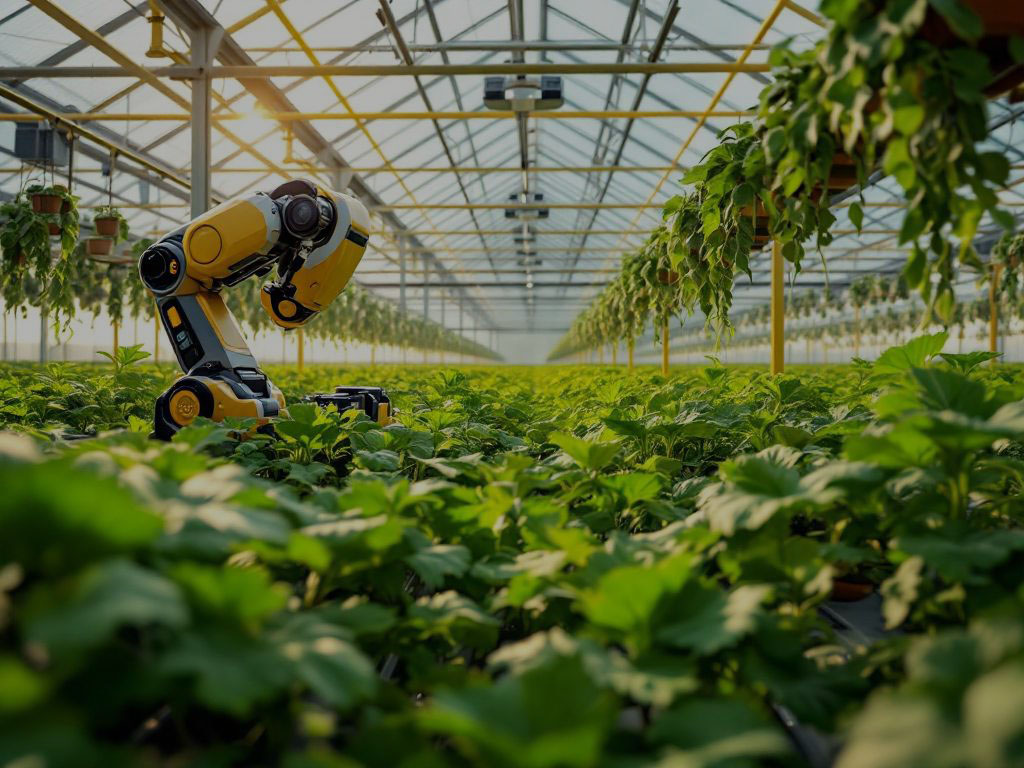
Mission Statement
Our mission is to enhance and extend robotic functionality in critical industrial technologies through deploying cutting-edge AI/ML and computer vision solutions.
We focus on developing advanced robotic solutions, driving greater innovation, productivity, and resilience across multiple sectors.
Vision Statement
Our goal is to drive positive change and innovation, contributing to a more sustainable and prosperous world. We are committed to pushing the boundaries of what’s possible, ensuring that our solutions not only meet but exceed the expectations of our clients and partners.
Mission Statement
Our mission is to enhance and extend robotic functionality in critical industrial technologies through deploying cutting-edge AI/ML and computer vision solutions.
We focus on developing advanced robotic solutions, driving greater innovation, productivity, and resilience across multiple sectors.
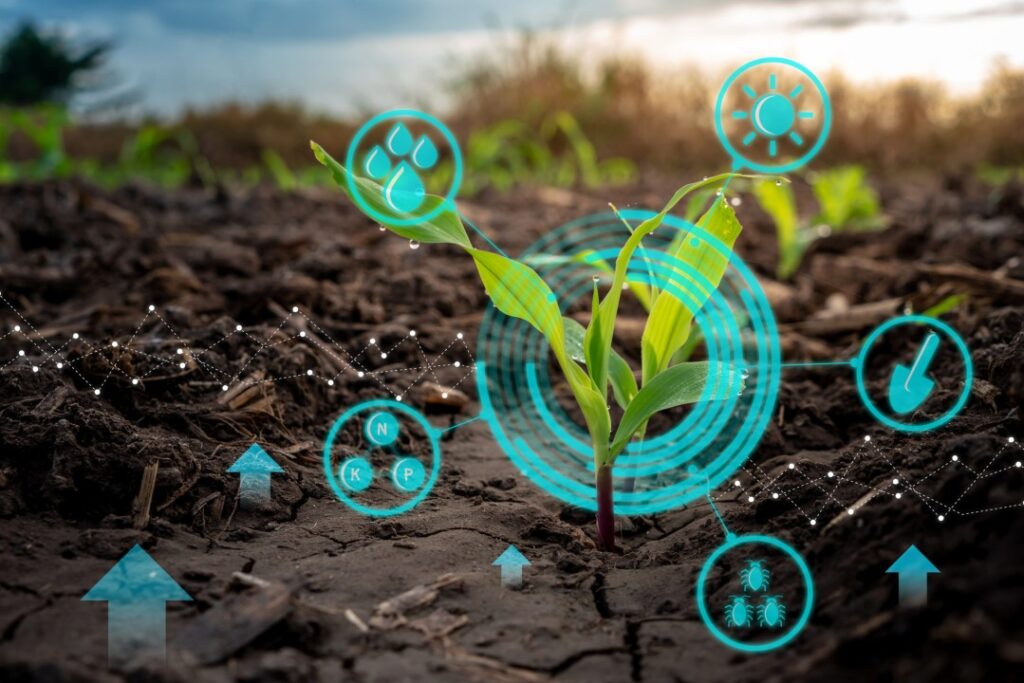
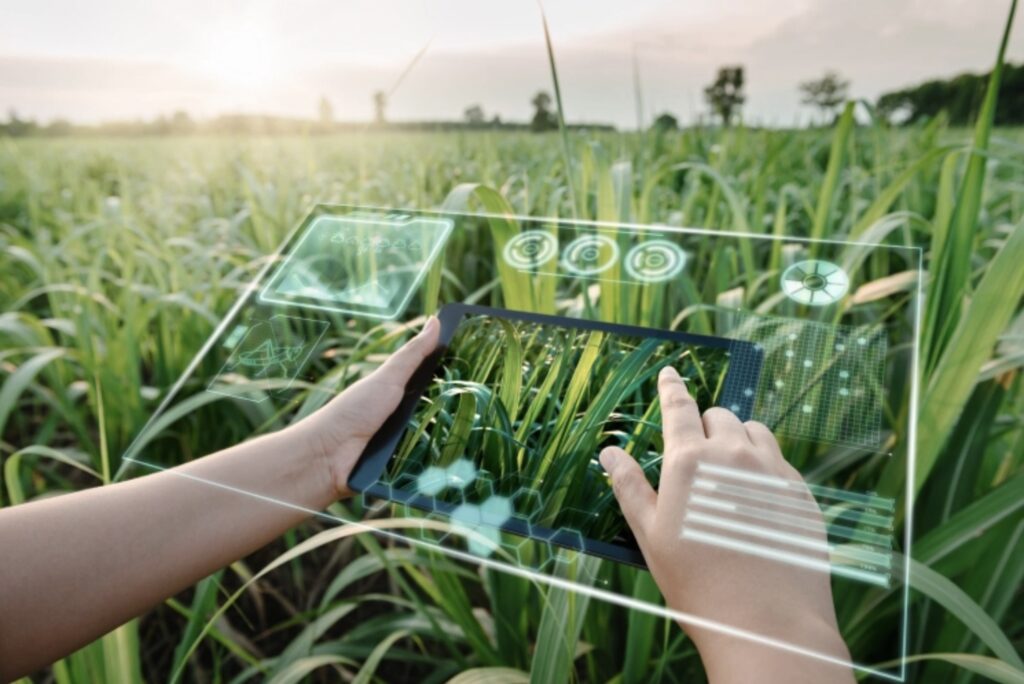
Vision Statement
Our goal is to drive positive change and innovation, contributing to a more sustainable and prosperous world. We are committed to pushing the boundaries of what’s possible, ensuring that our solutions not only meet but exceed the expectations of our clients and partners.
Solutions
It refers to innovative solutions that enhance the efficiency, safety, and accuracy of material management across various industries. Key components include robotic automation for tasks like picking and transporting, Automated Guided Vehicles (AGVs) for self-driving transport, and Internet of Things (IoT) for real-time tracking. Additionally, the integration of Artificial Intelligence and Machine Learning aids in predictive maintenance and inventory optimization. Augmented Reality (AR) supports training and operational efficiency, and Automated Storage and Retrieval Systems (AS/RS) maximize space utilization.
They are automated solutions that leverage robotic technologies to enhance quality control in manufacturing and production environments. These systems utilize vision-guided robotics for real-time quality inspection and monitoring. Additionally, integrating artificial intelligence for data analysis helps predict potential quality problems. By ensuring consistent and precise quality checks, these systems enhance product reliability and customer satisfaction, while offering flexibility to adapt to different products and seamlessly integrating with existing manufacturing systems, ultimately boosting operational efficiency and competitiveness.
It refers to a framework that incorporates collaborative robots (cobots) into manufacturing environments, enabling seamless interaction between humans and machines. This infrastructure integrates capabilities into a collaborative robotic platform, allowing for automation in spaces where traditional robotic cells are impractical. Cobots are designed to work alongside human operators, facilitating effective collaboration while ensuring safety. The required human-robot interaction in advanced manufacturing enhances productivity by allowing cobots to assist with repetitive tasks, while humans handle complex decision-making, leading to a more adaptable and efficient manufacturing process.
It involves the development of Autonomous Mobile Robots (AMRs) and Unmanned Aerial Vehicles (UAVs). AMRs are widely used in logistics, mining, and other industries for tasks like transporting goods, optimizing inventory, and delivering supplies. UAVs find applications in Agri-food for crop monitoring and in construction for site surveying and inspection. Both AMRs and UAVs utilize advanced sensors and navigation technologies, significantly transforming workflows and driving innovation across various sectors.
It focuses on implementing robotics to automate repetitive, labor-intensive, or hazardous tasks. This technology increases operational efficiency by streamlining processes and reducing the time required for routine activities. By automating such tasks, organizations can free up workforce capacity, allowing employees to focus on higher-value and safer activities. RPA not only enhances productivity but also minimizes the risk of human error and improves overall workplace safety, contributing to a more efficient and effective operational environment.
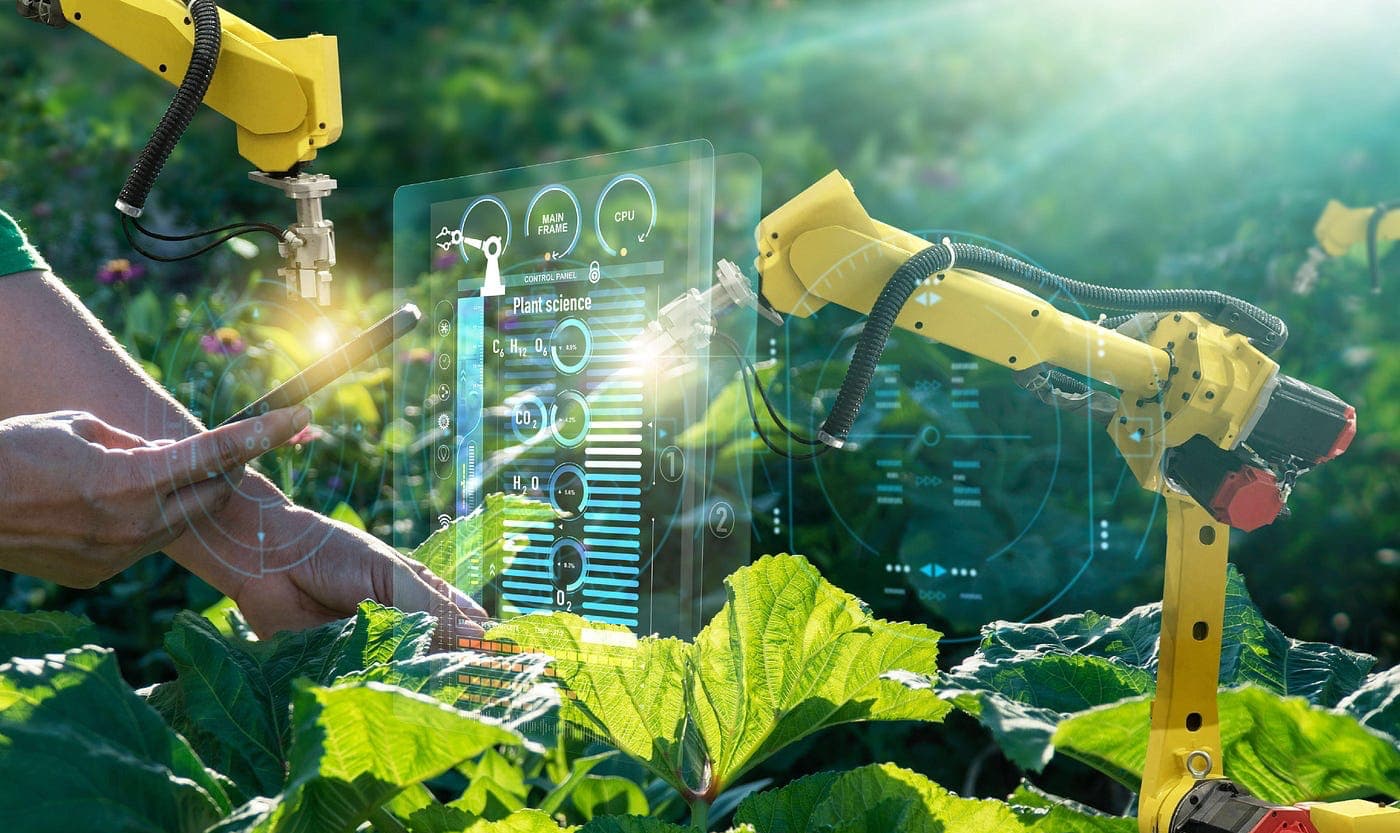
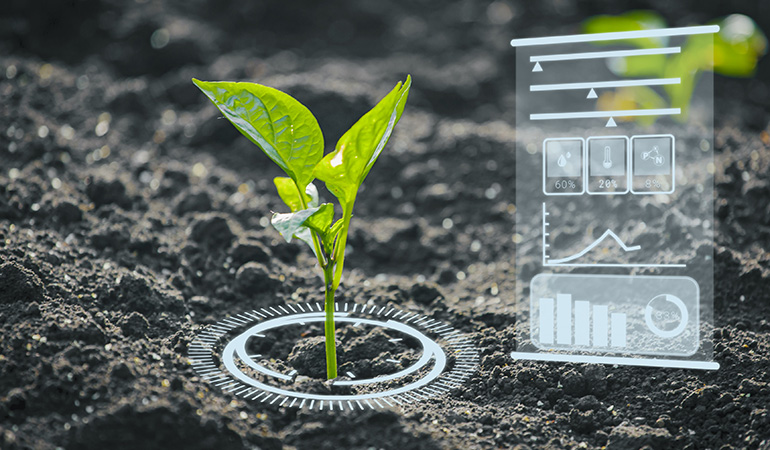


It refers to innovative solutions that enhance the efficiency, safety, and accuracy of material management across various industries. Key components include robotic automation for tasks like picking and transporting, Automated Guided Vehicles (AGVs) for self-driving transport, and Internet of Things (IoT) for real-time tracking. Additionally, the integration of Artificial Intelligence and Machine Learning aids in predictive maintenance and inventory optimization. Augmented Reality (AR) supports training and operational efficiency, and Automated Storage and Retrieval Systems (AS/RS) maximize space utilization.
They are automated solutions that leverage robotic technologies to enhance quality control in manufacturing and production environments. These systems utilize vision-guided robotics for real-time quality inspection and monitoring. Additionally, integrating artificial intelligence for data analysis helps predict potential quality problems. By ensuring consistent and precise quality checks, these systems enhance product reliability and customer satisfaction, while offering flexibility to adapt to different products and seamlessly integrating with existing manufacturing systems, ultimately boosting operational efficiency and competitiveness.
It refers to a framework that incorporates collaborative robots (cobots) into manufacturing environments, enabling seamless interaction between humans and machines. This infrastructure integrates capabilities into a collaborative robotic platform, allowing for automation in spaces where traditional robotic cells are impractical. Cobots are designed to work alongside human operators, facilitating effective collaboration while ensuring safety. The required human-robot interaction in advanced manufacturing enhances productivity by allowing cobots to assist with repetitive tasks, while humans handle complex decision-making, leading to a more adaptable and efficient manufacturing process.
It involves the development of Autonomous Mobile Robots (AMRs) and Unmanned Aerial Vehicles (UAVs). AMRs are widely used in logistics, mining, and other industries for tasks like transporting goods, optimizing inventory, and delivering supplies. UAVs find applications in Agri-food for crop monitoring and in construction for site surveying and inspection. Both AMRs and UAVs utilize advanced sensors and navigation technologies, significantly transforming workflows and driving innovation across various sectors.
It focuses on implementing robotics to automate repetitive, labor-intensive, or hazardous tasks. This technology increases operational efficiency by streamlining processes and reducing the time required for routine activities. By automating such tasks, organizations can free up workforce capacity, allowing employees to focus on higher-value and safer activities. RPA not only enhances productivity but also minimizes the risk of human error and improves overall workplace safety, contributing to a more efficient and effective operational environment.
Customers
advanced Manufacturing
In advanced manufacturing, robotics, AI/ML, and computer vision play a crucial role in enhancing productivity and quality. Robotics automate repetitive tasks, such as assembly and packaging, improving efficiency and reducing error rates. AI and machine learning algorithms analyze production data to optimize processes, predict maintenance needs, and adapt to changing demands in real time. Computer vision systems inspect products for defects, ensuring consistent quality control and reducing waste. Together, these technologies create a highly efficient, adaptable, and precise manufacturing environment, driving innovation and competitiveness in the industry.
Agri-food Industry
In the agri-food industry, robotics are used for tasks such as planting, harvesting, and packaging, allowing for increased efficiency and reduced labor costs. AI and machine learning analyze data from sensors and drones to optimize crop management, predict yields, and identify pest or disease outbreaks early. Computer vision systems monitor crop health and quality during harvesting and processing, ensuring high standards and minimizing waste. These technologies enhance productivity, sustainability, and food safety, meeting the growing demands of the agri-food sector.
Construction and Mining Sector
Robots can automate labor-intensive tasks such as excavation and demolition, minimizing the risk of injuries to workers. To improve efficiency and reduce downtime, AI and machine learning algorithms can analyze data for better project planning and equipment maintenance. Computer vision technologies are utilized for real-time site monitoring, ensuring safety compliance and tracking project progress. This combination of advanced technologies fosters increased productivity, cost savings, and improved safety standards in both industries.
Services
Consultation
We understand that each industry has unique challenges and goals when it comes to integrating robotics, artificial intelligence, and computer vision. Our consultation services are designed to assess your specific needs and provide tailored solutions that drive innovation and efficiency. Whether you’re looking to utilize various types of robots, deploy computer vision or machine learning in robotics, our team of experts will work closely with you to develop a strategic roadmap.
Research & Development (R&D)
At Intellisense, our R&D team is dedicated to driving innovation in robotics and artificial intelligence, not only for our own projects but also for our partners. We offer comprehensive R&D services tailored to meet the specific needs of other companies, helping them leverage cutting-edge advancements in generative AI, human-robot interaction, large language models and augmented reality. Our collaborative approach involves working closely with clients to explore new ideas and technologies, ensuring that we deliver solutions that align with their goals.